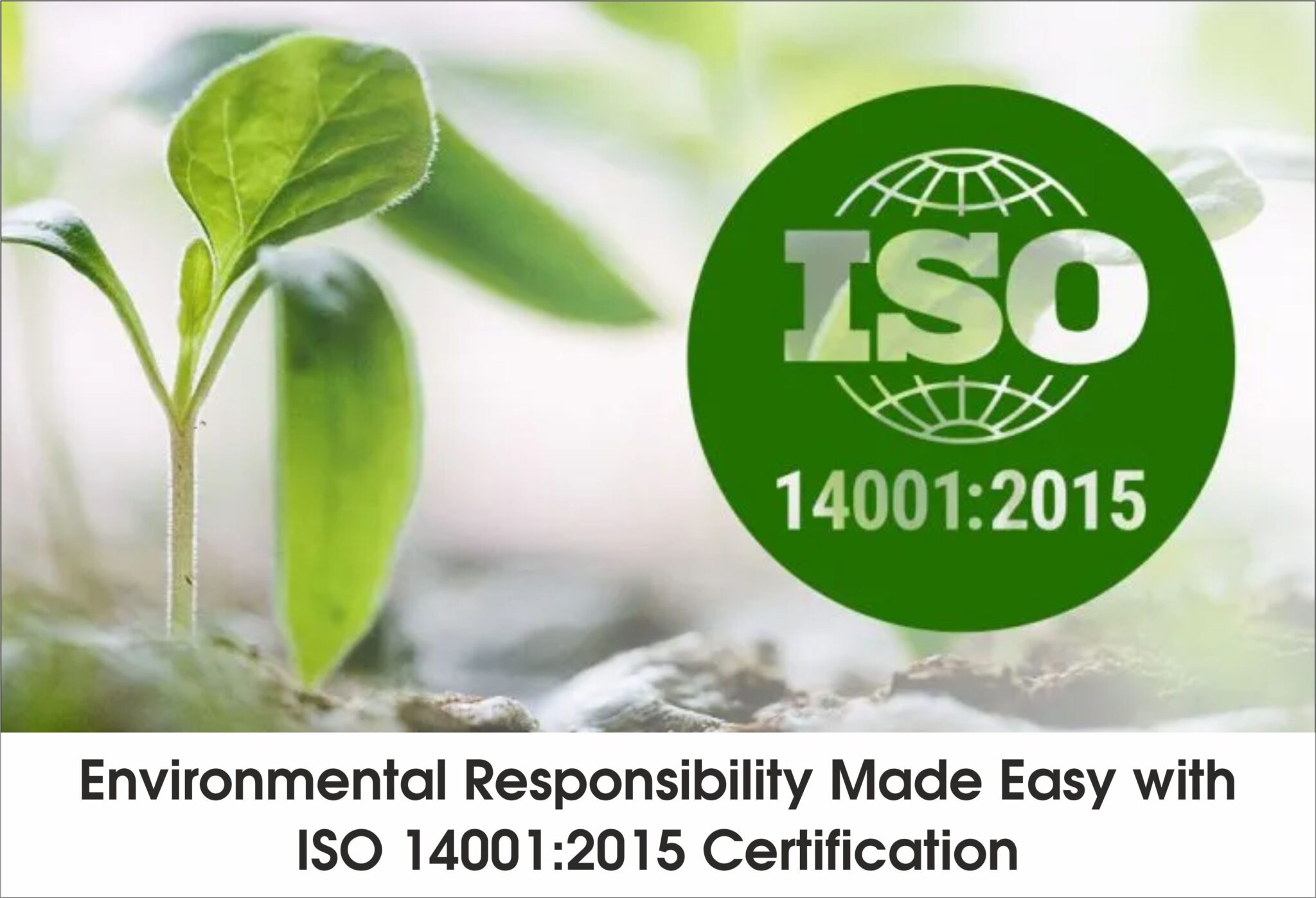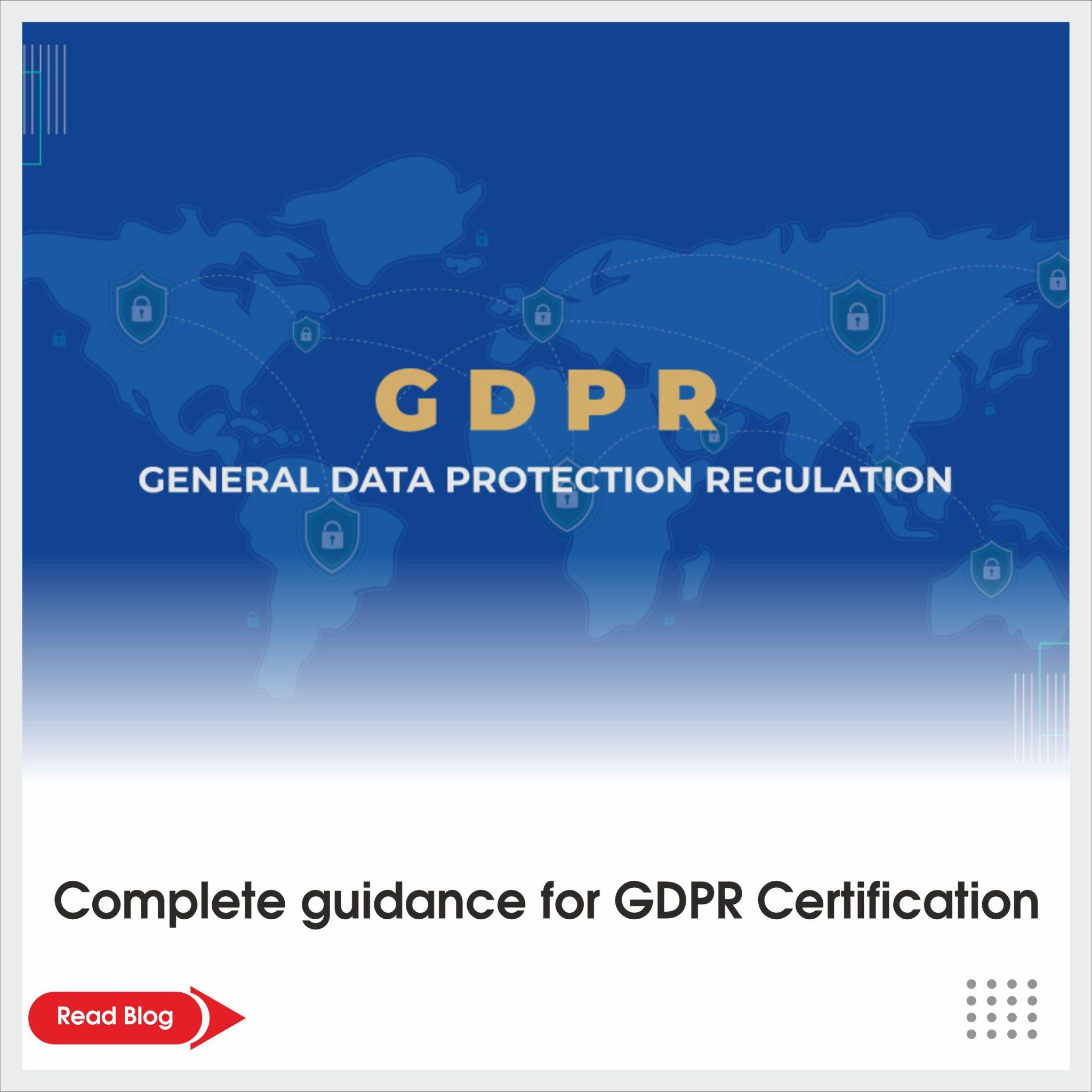People and organisations must accept responsibility for their impact on the world, where environmental challenges and sustainability are becoming increasingly important. ISO 14001 assists businesses in achieving their sustainability and environmental responsibility objectives with Environmental Management Systems (EMS).
What is ISO 14001 Certification?
ISO 14001 standard for the Environmental Management Systems (EMS) offers a framework that businesses may use to enhance their environmental performance. The objective of the EMS is to reduce the adverse effects of business operations, products, and services while maintaining compliance with relevant environmental laws. It promotes a process-based approach to maintaining environmental management by highlighting the necessity of establishing goals, tracking results, and making data-driven decisions.
Benefits of ISO 14001:2015 standard for organisations ⮯
The following are the benefits of ISO 14001 certification : –
- Reduced Environmental Impact: The ISO 14001 standard helps businesses to recognise and control their environmental impact by conducting a risk assessment. Moreover, it helps organisations reduce their carbon footprint by using less energy, producing less waste, and reducing hazardous emissions.
- Legal Compliance: The standard adheres to environmental rules and regulations to avoid fines and protect the organisation’s reputation.
- Cost Savings: ISO 14001 offers effective environmental practices to reduce duplications and errors by saving costs. It also lowers operational costs by establishing adequate waste management and less energy resources.
- Enhanced Reputation: ISO 14001 certification exhibits an organisation’s dedication to environmental responsibility and improves its reputation. It demonstrates the environmentally responsible behaviour of the organisation to clients and business partners.
- Improved Risk Management: Organisations can prevent operations that could harm the environment or interrupt business operations by identifying and reducing environmental risks.
- Employee Engagement: Employees tend to be more involved in environmentally conscious companies to enhance production and productivity.
Seven steps to implement ISO 14001:2015 standard ⮯
Implementing ISO 14001 certification can offer a goldmine of benefits to an organisation. Moreover, it helps the organisation achieve the desired outcomes. The seven steps to implement the EMS are as follows:-
1.Leadership and Commitment – Top management shall demonstrate commitment to environmentally friendly practices and processes to ensure compliance with the EMS policies and regulations.
2.Environmental Policy – The company must formulate an adequate environmental policy outlining the organisation’s environmental responsibility and adherence to relevant laws and regulations.
3.Planning – An organisation must conduct a risk assessment to identify the impacts of its operations on the environment. Moreover, it mandates an organisation to implement appropriate controls and measures to achieve desired environmental outcomes.
4.Implementation – The mission and vision of an organisation provide the right direction to achieve defined goals and objectives. The organisation must outline potential risks and opportunities to formulate appropriate strategies to address them.
5.Monitoring and Measurement – Organisations must assess and measure their environmental performance to eliminate activities that generate unintended outcomes. It mandates an organisation to adhere to all national and international regulations to avoid fines and penalties.
6.Evaluation of Compliance – It complies with all applicable environmental rules and regulations, as any non-compliance may have legal repercussions and harm an organisation’s reputation.
7.Management Evaluation – The EMS mandates the top management to determine its performance and spot areas for improvement by examining its environmental policies, goals, and objectives.
8.Continual Development – ISO 14001 outlines the requirement for a culture of ongoing development to eliminate nonconformities and improve the organisation’s environmental performance.
ISO 14001 certification makes environmental responsibility an integral part of the organisational policy
Implementing ISO 14001 may appear complex, but it offers a structured method for organisations to demonstrate environmental responsibility. These are:
Process-based approach – ISO 14001 tailors policies to meet the needs and requirements of an organisation. Moreover, it provides a flexible and robust structure to adopt changes and achieve desired environmental performance.
Top-level management commitment – Organisations decide to work with consultants or specialists well-versed with ISO 14001 standards. Additionally, it smoothens the journey by providing the professionals with invaluable expertise and experience.
Tools and Resources – Organisations can use diverse materials and technologies to implement ISO 14001 standards and enhance their overall environmental performance.
Conclusion ✅
ISO 14001 offers organisations a flexible and robust framework to effectively manage their environmental impact, minimise their carbon footprint, and showcase their dedication to sustainability. Moreover, ISO 14001 enables organisations to safeguard the planet by strengthening their reputation and attaining a competitive advantage’s 14001 offers organisations a flexible and robust framework to effectively manage their environmental impact, minimise their carbon footprint, and showcase their dedication to sustainability. Moreover, ISO 14001 enables organisations to safeguard the planet by strengthening their reputation and attaining a competitive advantage




